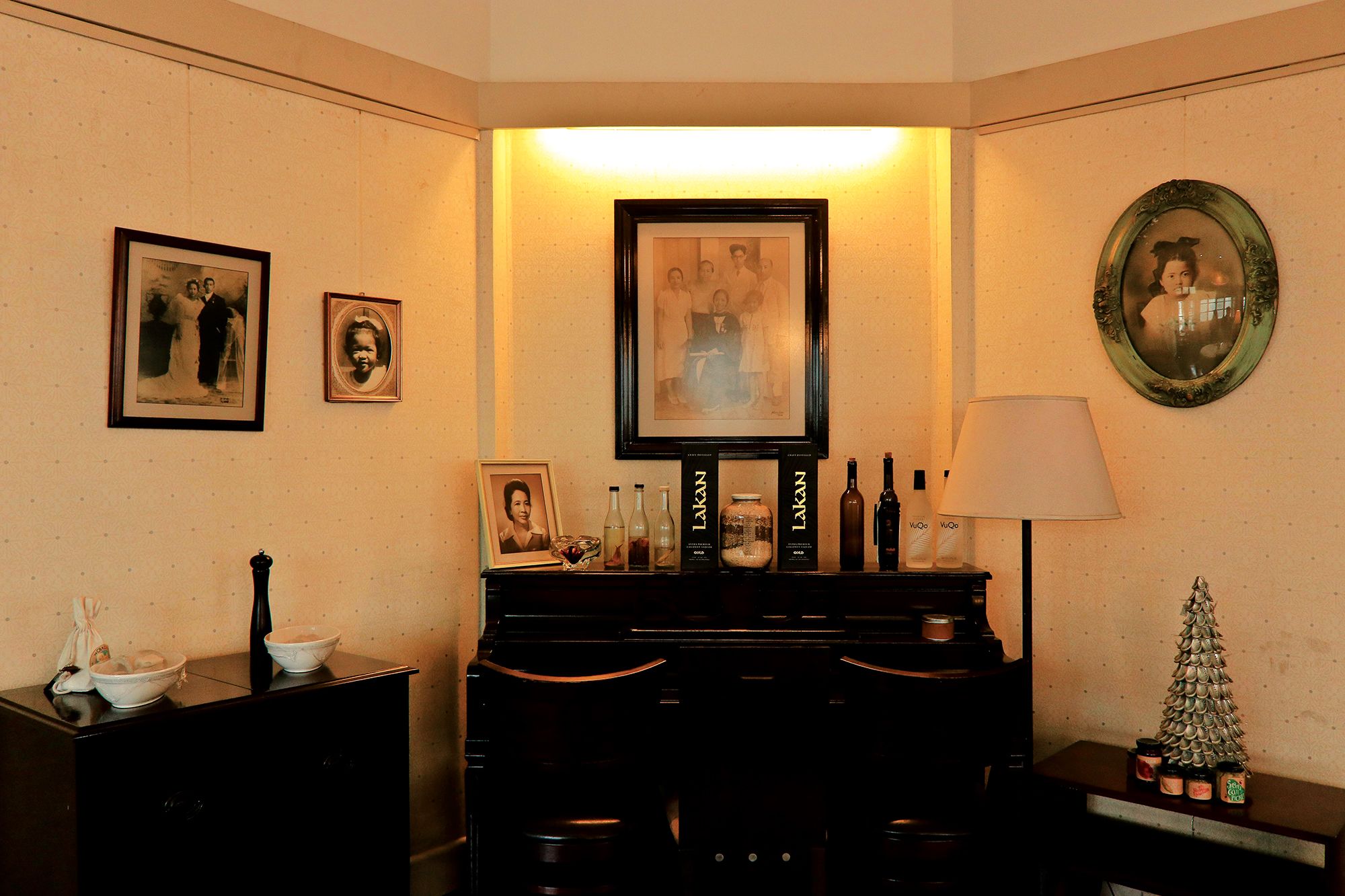Turn back time and indulge your senses with these charming ancestral homes and heritage buildings that have been turned into beautiful dining spots
The Philippine dining scene is as vibrant as its vivid past. And while foreign influences have made changes to Filipino cuisine and the way we look at food nowadays, there are still places where one can not only savour the flavours of dishes passed on through the generations, but also appreciate the stories behind each and every wall or room of the family who owns it, or of the place where it stands. We went around the metro and beyond in search for these historic properties and family homes that are now open for everyone to dine in and enjoy.
Read more: 4 Restaurants Made It To Essence Of Asia For Loving Local
1. Purple Yam

THE PLACE: On the corner of Julio Nakpil and Jorge Bacobo Streets in Malate, Manila lies the decades-old home of the Besa family. In existence since 1949, one must not be deceived by its unassuming façade: tucked inside is a rustic by-reservation dining space run by now New York-based Amy Besa and chef Romy Dorotan. The house was rebuilt four years after it was bombed during liberation, and was masterfully transformed into a private dining space in late 2013 to mid 2014 by the architect Lara Fernandez-Barrios.
Read more: Did You Know Chef Claude Tayag Introduced Anthony Bourdain To Sisig & Lechon?





















